This article covers everything you need to know to design a world class brand - the kind of brand that immediately communicates a unique message to your customers, resulting in a deep emotional connection to your products and the ability to shape the message your company most wants to communicate.
It covers:
Ready?
A brand is the set of expectations, memories, stories and relationships that, taken together, account for a consumer’s decision to choose one product or service over another
Seth Godin
Creating a powerful brand that differentiates your product or company in the market is one of the few ways a company can create a serious and maintainable competitive advantage. Done correctly, the brand you create will grow to become a significant portion of the overall value of your company, particularly when the product or service you offer can be copied easily by others.
Truly great brands can be identified by their color, by their shape, by their followers and by they message alone. Try out the following exercises.

Great brands are easily identified by just their shapes:

Match the following 6 brands with the single word you feel most closely represents them:
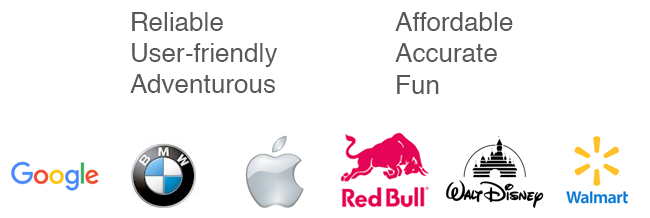
All these companies charge a premium for their products because they have created a strong brand connection that customers can understand and gravitate towards.
We’re about to do the same for your company.
Are you ready to decide what words, shapes and values you want people to associate with your brand? It starts with doing the right research.
Designing a brand without performing any market research is like climbing Mount Everest without an oxygen tank - you might make it most of the way up, but you’ll never be able to say that you’ve reached the top if the world. All research starts with a goal.

Your goal is to understand what customers and competitors are in your market so you can create a brand that stands apart from the competition while engaging with your customers at an emotional level.
You should be starting with at least some idea about who you expect to buy your product. Will you be targeting millennials with an interest in punk rock revival bands? How about avid middle age sports fans, or online game fanatics? Narrow down your audience and divide them into different groups as much as possible.

You may be forced to make some assumptions about your audience if you don’t yet have a product in the market. This is fine - your best guess is all you have at the moment - but avoiding all forms of customer research could easily see your brand being developed for the wrong audience (or even worse, developing the “wrong” product).
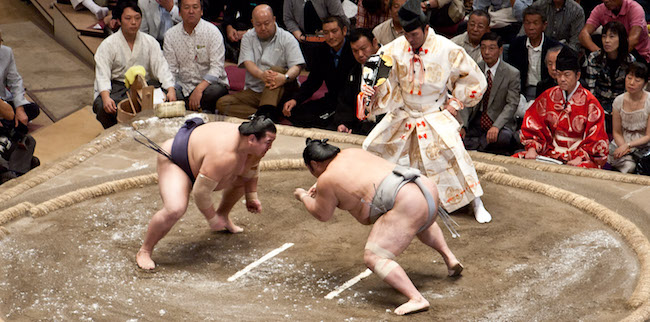
To conclude, perform a SWOT analysis of yourselves v.s. your competition, detailing their strengths and weaknesses. It will help to summarise the various ways you could create a unique brand that will separate your from your competitors.
You now have some idea of who wants your product and how you can tell a unique story that is different to your competitor’s. That story should resonates with your customers while separating yourself from your competition, thus creating a loyal customer connection that is far harder to break than any feature in a product or item on a menu - the main goal of creating your brand.
We now turn our attention to your story and how well you tell it - the part of your brand which can only be created by understanding your own personal values.
The greatest brands come from the personalities of those that create them - aspects that are selected, filtered, tailored and amplified to suit the market they compete in.
Without such a personal connection, a brand is simply the lip service your give to the marketing team. When you try to get people excited, you will lack the power and conviction necessary to show your passion for what you are doing - which quickly becomes obvious to everyone around you. The better option is to have your entire company DNA built around the values you share.
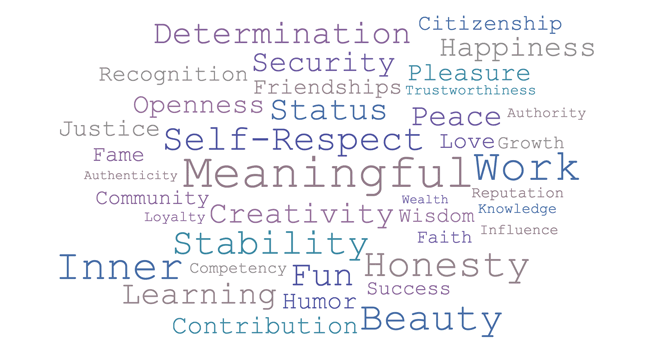
Later on, your brand will become self-fulfilling. The people inspired by your brand will choose to follow you and even want to work with you - completing the circle. But to start with - the first brand champion - the first person who truly believes in what you are saying - has to be you.
You personally are unlikely to have a skill that nobody else in the world currently has and couldn’t learn. Your company however has a unique DNA that can help it stand out in your market:
Now that you understand the role you need to play in championing your own brand, you likely have a set of attributes you want to embedded in it. It’s time to bring together your market, your customers and your personal convictions about how you want to be seen in the world!
Once you have all these ideas in one place, you are ready to start brainstorming the brand that you want to build. Your most powerful brand is the intersection of who you are, what your customers care about, and what can differentiate you from your competition. The closer you get to all three, the easier it is to set yourself apart and dominate your space.
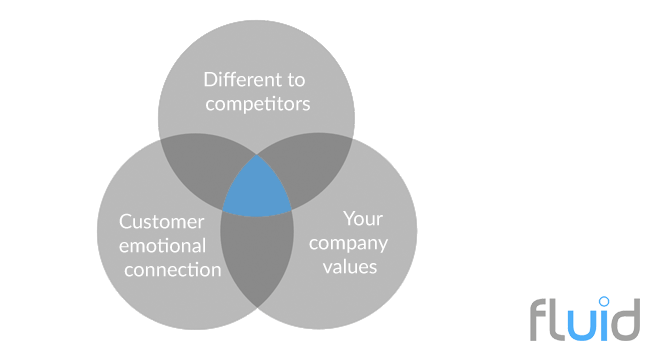
When you answer these, you finally understand the brand you wish to communicate - the hardest part of the job is done.
For (Your customer)
Who (statement of need or opportunity)
Your (product name) is a (product category)
That (statement of key benefit)
Unlike (competing alternative)
Which (is different for this reason)
Now, finally, you are ready to choose a name.
It’s a critical point - one that is very difficult to roll back from later. That’s why we’ve been putting so much thought and effort into thinking about how your brand will be positioned first.
Chances are you have been thinking of lots of potential names, with variations and preferred candidates already. Maybe you started with the perfect name, and the rest of the brand vision has grown out of it. If so, it’s now time to step back and ensure your brand name still matches your objectives. Any hint of cognitive dissonance will create an uneasy feeling in your users, potentially damaging future success in a way that is very hard to identify or understand.
Good examples include “Hailo” for taxis, “Intercom” for talking with customers or “Teamwork” managing teams. Poor choices include “Word Perfect”, “Jenny’s Café” and “Battle Game”.
Until your domain ranks in Google for searches for your brand, set up simple Adwords campaigns for searches relating to you. This should only cost you a few dollars a month, and will make sure anyone who is looking for you will find you.
Before handing over to visual designers to help create the visual layer of the brand, consider summarising all the above research and decisions into a single document to help the design team translate the name, values and market into a single place. This document (a design brief) will help ensure the look and feel of the product is in line with all the decisions made to date.

So far, you’ve been pretty busy.
You’ve decided on a brand name and you know who you want to sell your product to. You’ve reflected on which of your own values you most want to communicate through your brand, and you know who your competitors are. You have a unique angle that sets you apart, putting you in the driving seat.
Now, finally, it’s time to create some graphics, making your brand immediately recognisable whenever it is seen.
Summarising all your decisions into a design brief is next step so designers can start to build the visual identity that matches your visio.
Your design brief, combined with a deep understanding of psychology and behavioural economics in the hands of a skilled brand designer will paint this picture for you.
Your logo is a symbol of the deeper emotional tie between your products and your users. It is the summary of all the aspects of your brand in visual form, and there is a process for getting there.
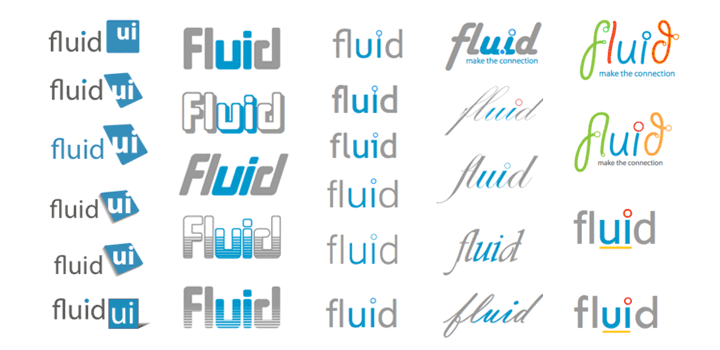
Color, and in particular, the psychological effects of the colors you choose will impact the brand you want to create. Are you mysterious, exciting, formal, calm or fun? Your choices here will reinforce this aspect of your brand.
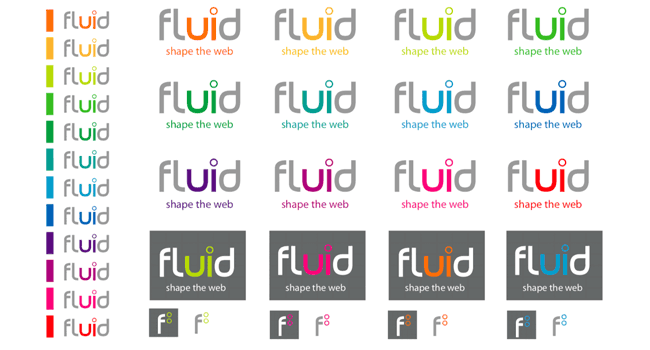
The choice of font you use on your website, in your printed marketing, in your tagline and in all other places (the typography) serve to reinforce your brand values.
Different fonts exude different character and no matter what emotion you want your brand to convey, there is a font (or font combination) that will match it and subtly work to reinforce your guiding message.

Recent advances in browsers and the huge range of freely licensed fonts available from Google fonts, make it easier (and cheaper) than ever to pick the right font and have used consistently across your entire brand - something you should insist on once your brand is in place.
A great set of rules for choosing fonts is available here.
Communicating your message is difficult at the best of times and even harder without some nice visuals to break up large walls of text and bring excitement to your copywriting.
![]()
You can reuse an existing icon sets (like material design icons) or design your own custom icon set that meets the needs of your brand, giving you a design edge - as long as you are prepared to make the additional investment in terms of time and money.
Visual consistency is key, so whatever path you go down you need to stick with - mixing and matching different iconography and styles will quickly disconnect the different parts of the visual side of your brand and reduce its overall coherence.
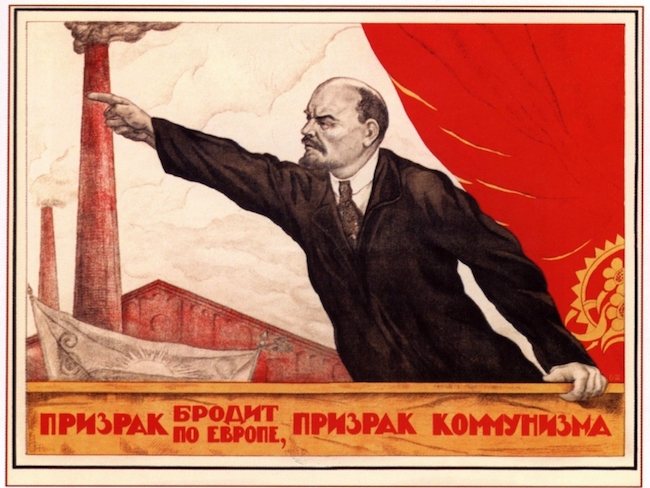
Along with your visual assets, the style of writing (tone of voice) you use to communicate your message will reflect and reinforce the brand you are building. Will your brand be:
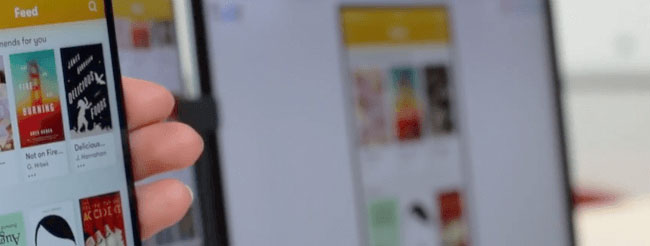
No matter what decisions you make, the most important thing it to choose your style and stick with it - consistency within your story and consistency within your visuals are critical for creating a consistent brand message.
While you might feel you are communicating the same message over and over - this is what you need to do. Most of your customers haven’t heard of you yet, and those who have will be seeing your brand on far fewer occasions than you think.
When they do, they need to see the same message everywhere they encounter it.
A brand usage guideline document can be shared and reused many times across your team and even made available to the public (see Linked In’s brand guidelines or Google’s Visual Asset Guidelines as examples). There are almost 100 more at logodesignlove.
A design system is a series of UI “template” components and rules that can be reused across your digital product portfolio - meaning you can maintain a level of consistency in how design adheres to your brand as you scale (it also has the benefit of speeding up product development).
Incorporate an understanding of your brand and values (via your documents above) into your onboarding process. If your brand is already strong, your corporate culture will inherently reflect your brand values and you wont have too much difficulty here.
Reinforce the importance of your brand values to your team on a continuous basis and set up reviews to capture customer communications where the brand values haven’t been adhered to. Always be improving how your team understands and uses the brand to communicate with your customers.
Appoint a brand champion who is responsible for making sure that the brand guidelines are adhered to across the organisation. Make sure that they are empowered to change and educate your team when the brand is not being adhered to.
Your brand is like a virtual sheep dog - when he takes the wrong direction, your flock runs the risk of scattering. But when he works his magic properly, your customers stick together and move as one in your direction.

Over time, some decisions you’ve made will become tired and need refreshing, particularly as different visual and communication styles come in and out of fashion.
Other decisions you have made may not have not hit the emotional chord you set out to achieve at the start of your brand creation journey, leading to the need to iterate and evolve your original thinking.
Finally, you may find that your original customers have changed, or that a new and unplanned customer base is proving lucrative - and could be even more so with an updated look and feel.
It then becomes time to begin the process of evolving your brand to catch up with the new opportunities that present themselves to you.
Good luck and if this has been of value please share using the buttons below for others to benefit too!